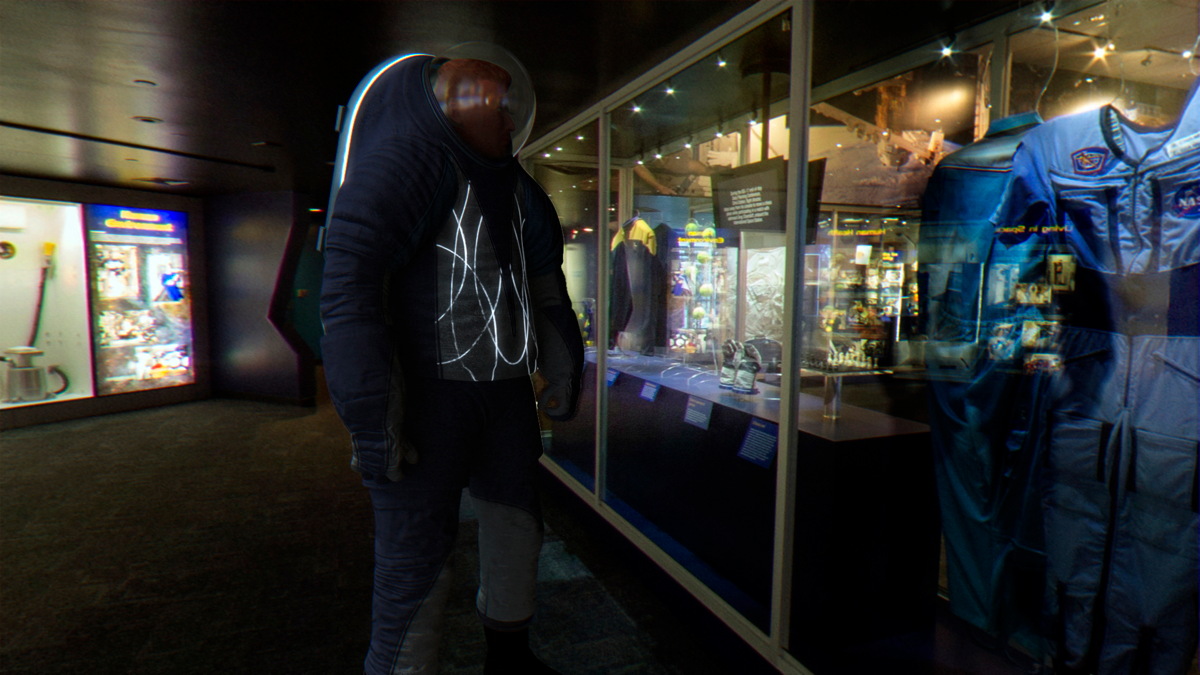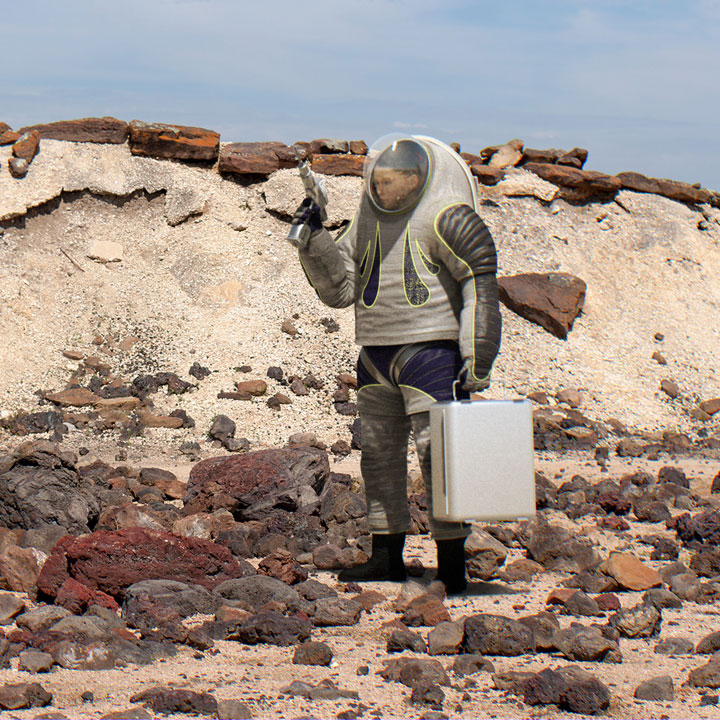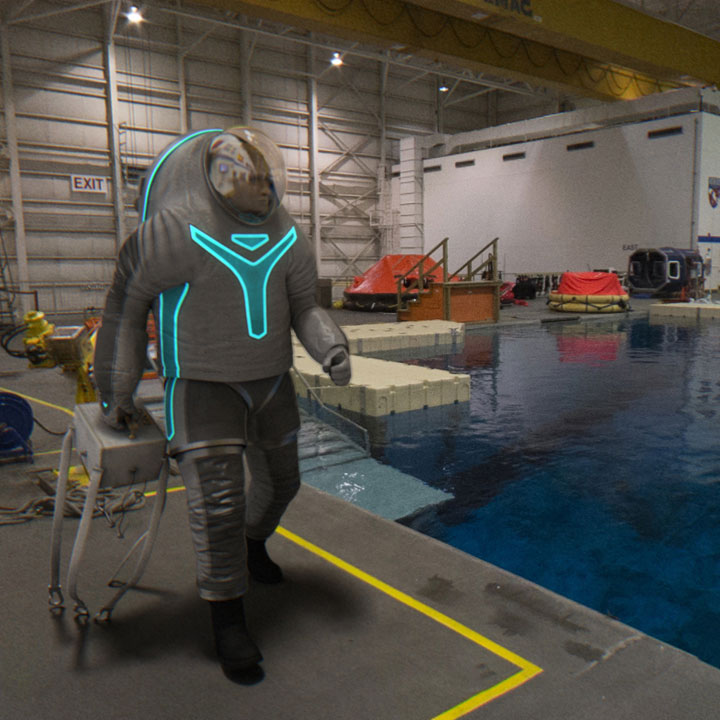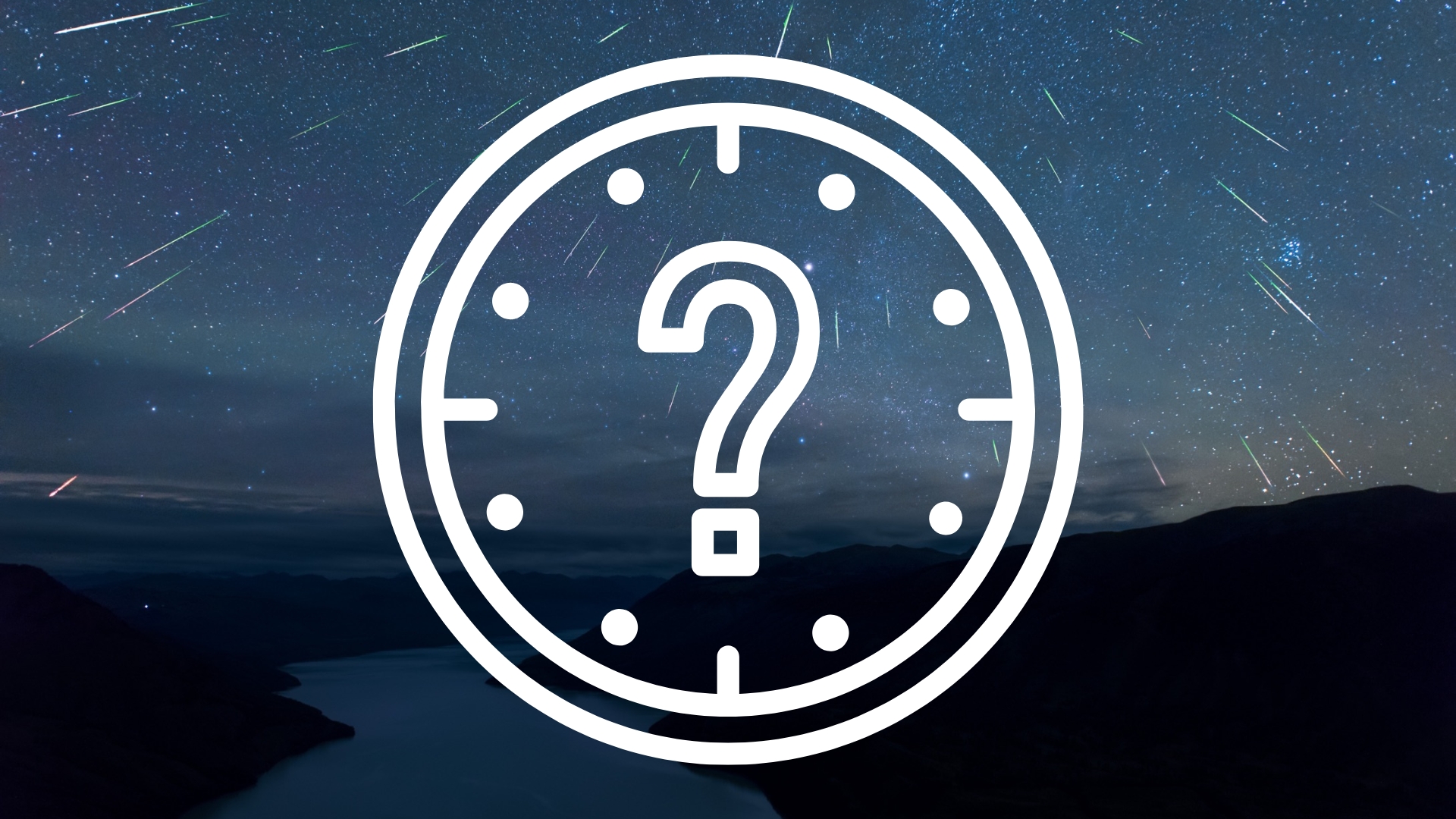NASA Wants Your Vote on Futuristic Z-2 Spacesuit Design

NASA wants your help to put the finishing touches on its new spacesuit.
The space agency is asking the public to select the "cover layer" for its prototype Z-2 spacesuit — a 21st-century astronaut suit that looks like it's one part Buzz Lightyear and one part "Tron." The first Z-2 spacesuit should be completed by November.
There are three spacesuit design options to vote for: "Biomimicry," which draws inspiration from the bioluminescent creatures that dwell deep in Earth's oceans; the starker and more futuristic-leaning "Technology;" and "Trends in Society," which aims to represent what everyday clothes will look like in the near future. All three designs incorporate glowing light-up segments. [See photos of NASA's advanced Z-2 spacesuit design concepts]
A spacesuit's cover layer delivers more than just aesthetics, NASA officials said.
"The cover layer of a prototype suit is important as it serves to protect the suit against abrasion and snags during the rigors of testing," project officials wrote in an online description of the Z-2 design voting plan. "With the Z-2, we're looking forward to employing cover layer design elements never used in a spacesuit before."
The Z-2 is the latest design in NASA's next-generation line of spacesuits, which is known as the Z-series. The previous iteration, the Z-1 spacesuit, was named one of Time Magazine's best inventions in 2012.
While the Z-series is being developed to fly in space, no suits in the line are ready to do so yet. When it's finished and built, the Z-2 will undergo a battery of tests that assess its off-Earth readiness.
Breaking space news, the latest updates on rocket launches, skywatching events and more!
"We will be conducting multiple vacuum chamber tests, including one series at full vacuum, mimicking the lack of atmosphere found in outer space," NASA officials wrote. "The suit will be tested at the Neutral Buoyancy Lab (NBL), the huge indoor pool NASA uses to train every astronaut in the technique of spacewalking. Further testing at a rocky Martian surface analog site at the Johnson Space Center along with other settings will help us evaluate mobility, comfort and performance of the suit."
The results of these trials will guide engineers as they design the next suit in the Z-series.
To see the designs and vote for your favorite, go to http://jscfeatures.jsc.nasa.gov/z2/. Voting is open through April 15.
Follow Mike Wall on Twitter @michaeldwall and Google+. Follow us @Spacedotcom, Facebook or Google+. Originally published on Space.com.

Michael Wall is a Senior Space Writer with Space.com and joined the team in 2010. He primarily covers exoplanets, spaceflight and military space, but has been known to dabble in the space art beat. His book about the search for alien life, "Out There," was published on Nov. 13, 2018. Before becoming a science writer, Michael worked as a herpetologist and wildlife biologist. He has a Ph.D. in evolutionary biology from the University of Sydney, Australia, a bachelor's degree from the University of Arizona, and a graduate certificate in science writing from the University of California, Santa Cruz. To find out what his latest project is, you can follow Michael on Twitter.


